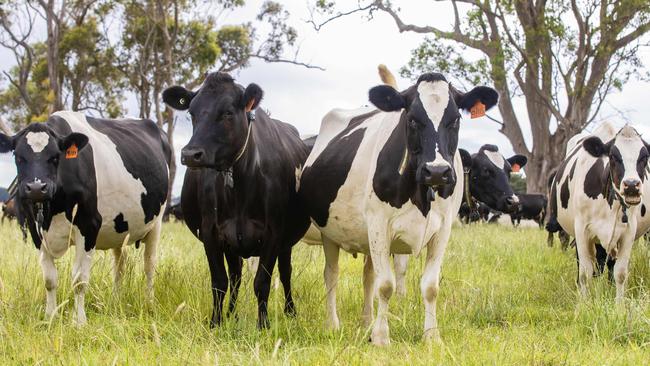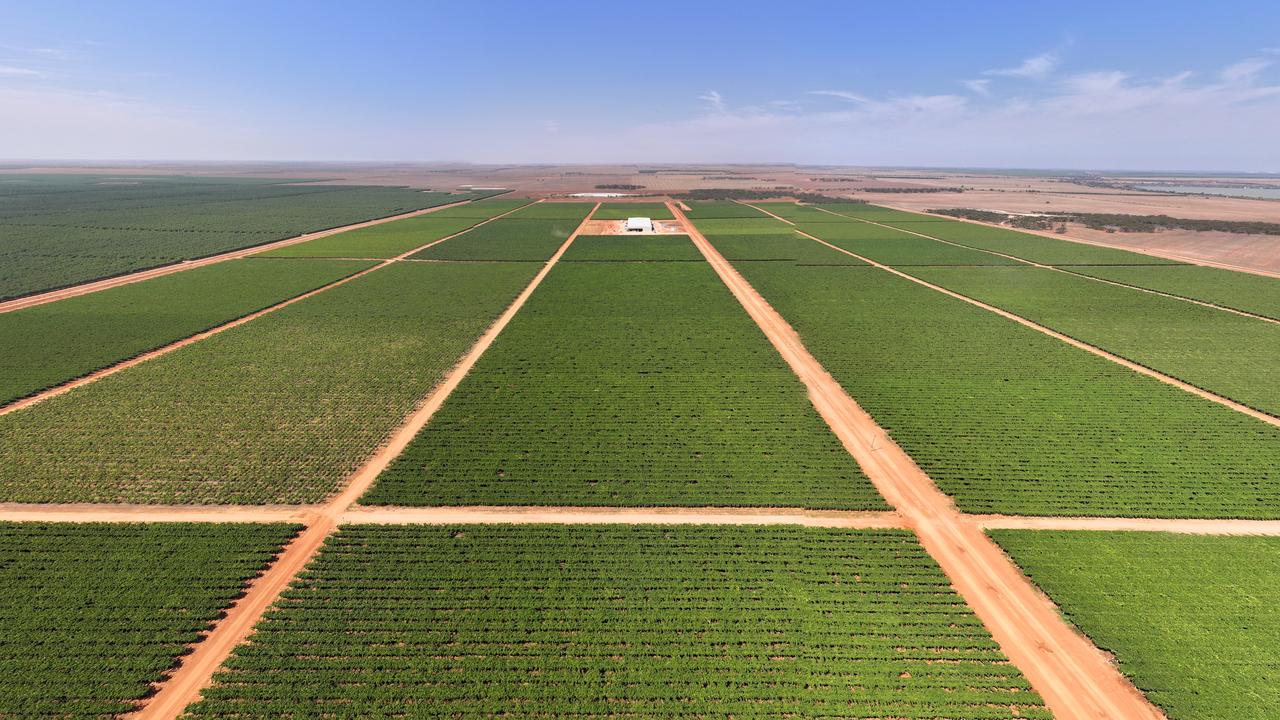How farm prices changed in Victoria last year
Farmland prices fell in 12 out of 18 Victorian regions last year, including by more than 20 per cent in parts of Gippsland and the North East.

Victorian farmland prices in some of the state’s highest and most reliable rainfall regions have been hardest hit by crippling green drought conditions.
The Rabobank 2025 Australian Farmland Price Outlook has revealed Victorian farmland prices declined in value by 5 per cent last year, to a median of $14,270 a hectare.
The report found grazing farmland drove the decrease, falling by 10 per cent to a median price per hectare of $16,000, while both dairy and arable farmland fell by 5 per cent to $20,580 a hectare and $11,740 a hectare.
The report also revealed farmland values declined in 12 out of 18 specified regions within Victoria, with those hardest hit by dry conditions struggling the most.
In the state’s North East corridor farmland in the Wodonga and Alpine regions suffered a 30 per cent decline in value year-on-year, falling from a median price per hectare of $25,037 in 2023 to $17,454 last year.
In Gippsland’s Baw Baw region farmland values fell by 23 per cent, from a median of $36,376 in 2023 to $27,960 a hectare last year.
In the South West of Gippsland values fell by 18 per cent, dropping from a median of $30,809 a hectare to $25,313 last year.
In the west of the state farmland values struggled the most throughout the Grampians region, declining by 23 per cent from $14,220 a hectare in 2023 to $10,968.
Further south, in the greater Warrnambool district, median values dropped by 13 per cent from $17,850 to $15,568 a hectare.
“Purchase intentions have fallen to a record low (in Victoria) as elevated interest rates and pockets of dryness appear to have dampened farmers’ appetites after a period of phenomenal growth from 2019 to 2023,” the report said.
“Given current sentiment, RaboResearch expects land value growth to lag national growth in 2025.”
RaboResearch analyst and report lead author Paul Joules said he expected slow growth in land prices from 2025 to 2030 as buyers prioritise getting the most value from their investment.
“We don’t expect the same heat in the market as witnessed between 2020 and 2023 as on-farm profit margins are expected to normalise,” Mr Joules said.
“We expect growth to be modest compared with recent years. Buyers will be searching for value and, given the recent price drop, investment opportunities may present themselves in 2025 as buyers capitalise on weaker land values.”
Farmland values also slipped in NSW and Queensland last year, the report found, both falling by 5 per cent, while in Tasmania values dropped by 12 per cent.
In South Australia, median agricultural land prices increased an impressive 18 per cent, thanks to a larger weighting of more expensive properties that were sold in the state last year, while in Western Australia, values increased by 12 per cent.





